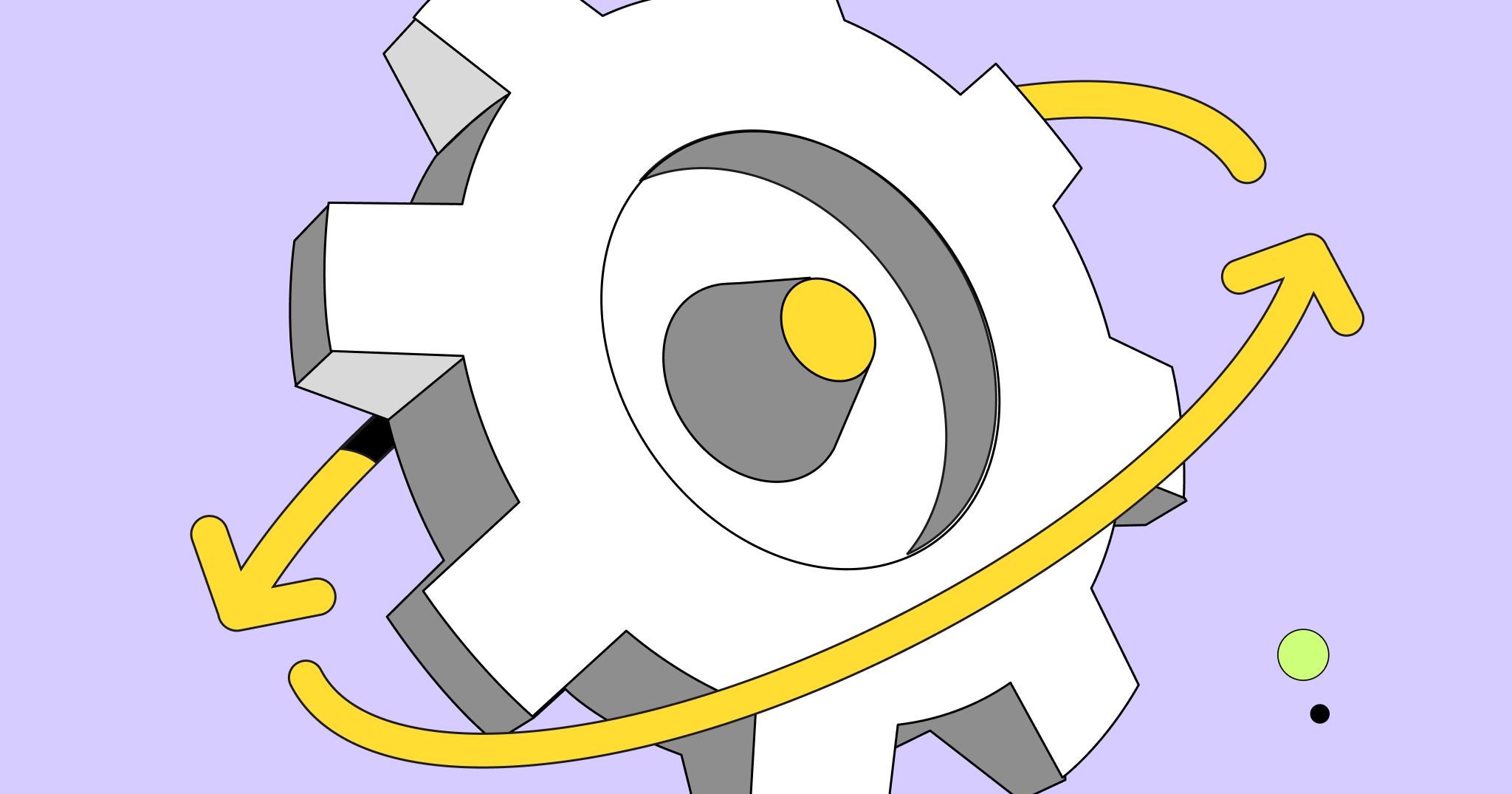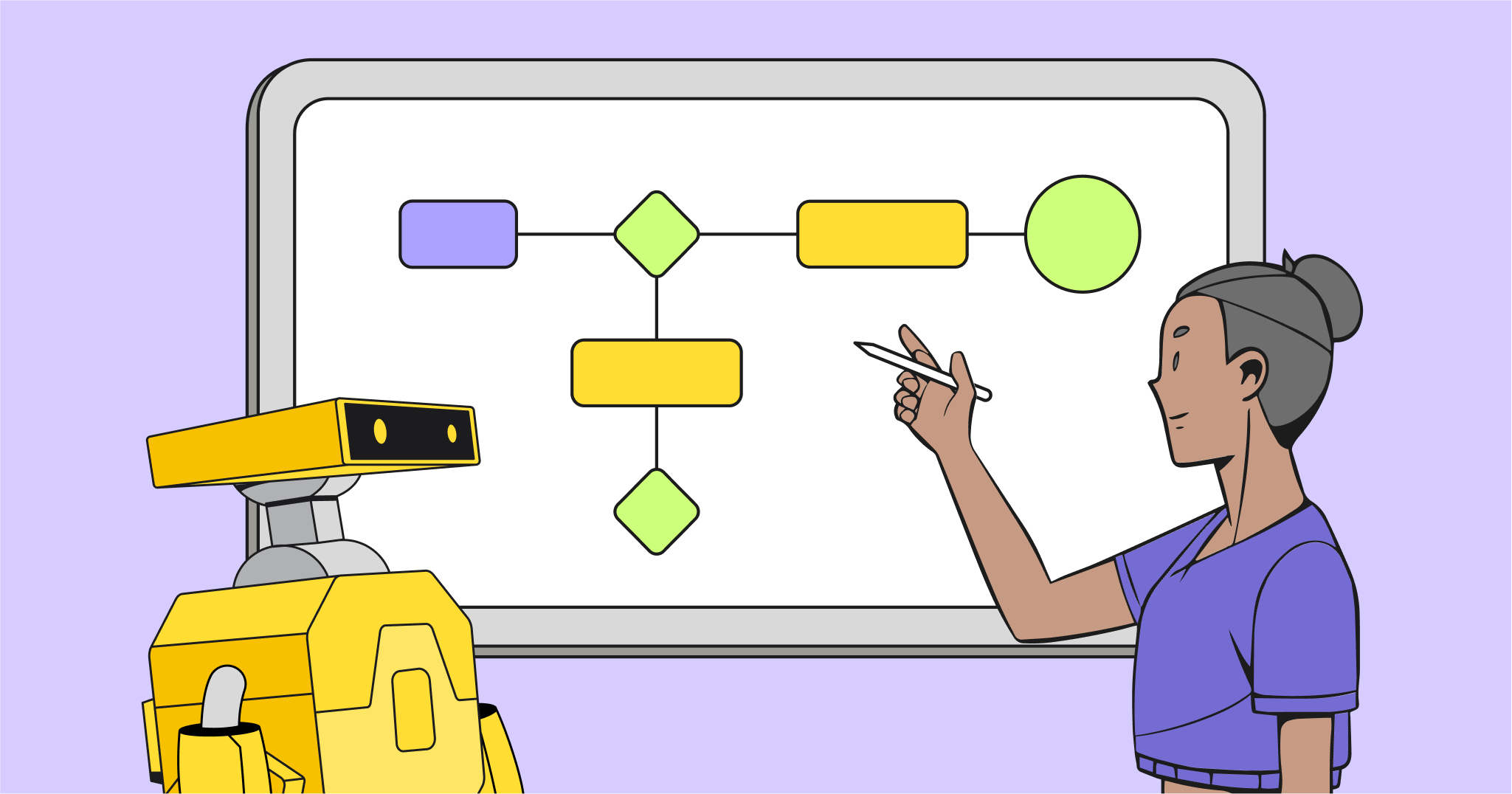All marketers have been there: You know you need to build a customer journey map to align your entire marketing team on a customer-centric experience. You did the work to understand your customer — what are their pain points? Where do they seek out information? What tools do they use? You have gathered quantitative metrics, as well as conducted over a dozen customer interviews to collect qualitative data. But now it’s time for the hard part: bringing all of it together to create a customer journey map.
Synthesizing all of this data into a useful customer journey map can seem daunting. There are so many stakeholders involved, a range of varying inputs, and even different tools that have been used to collect all of this information. But fear not: with Miro’s practical, accessible approach to customer journey mapping, the process is made simple, even for those of us who are not anthropologists.
Simply follow these three steps to build a great customer journey map.
Shipra has been running workshops for two decades. Before coming to Miro, she lended her expertise to companies like Upwork, Apple, and Microsoft. She’s passionate about running engaging meetings and helping teams generate better solutions than any single person could achieve on their own.
1. Envision your end result
Qualitative research can generate tons of insights, and it can be tempting to hold onto all these nuggets because they each feel important. But the truth is, you really only need to capture the most important, relevant information. That’s where the art of synthesis comes in.
The first step is to pick a customer journey map template. This will provide structure and focus for your synthesis. Once you know what your finish line looks like, you can zero in on relevant information and confidently ignore data that doesn’t fit your framework.
How to pick your journey framework:
- Revisit your SMART goals templates for creating a customer journey map, and remind yourself about the types of outcomes that will be actionable for you and your team.
- Look at some examples of journey maps online, collect the 4-5 that resonate with you on a Miro mood board for inspiration, and select one to use. Here is my favorite journey template.
- Modify the rows of the template to capture the pieces of information that are most interesting to you and your team that will help you reach your goals.
- Enter the phases of the journey you want to capture into the columns at the top. It’s ok to start with your gut feeling, and add or combine phases as you proceed along your synthesis.
See how Miro empowers marketing teams
A reminder: Pick your template early, but stay flexible. You can always add additional rows or columns as needed.
2. Get messy with the data, but stay within your framework
Now it is time to synthesize and get messy. Throw all your data on the board, and identify the salient points. Sorting through all the information might make you feel like you’re going nowhere at first, but stay the course and you will eventually start to see trends and themes emerge. Here are some tips for the synthesis phase:
- Transcribe all your interviews. Zoom has an auto-transcription option, or you can use services like rev.com.
- Read through the interviews one-by-one. Every time you see an interesting quote, copy and paste it into a sticky note and add it to the appropriate box in your journey map.
- After reading through 4-5 interviews, go into your journey map and group similar sticky notes to find high-level insights. You may have some miscellaneous insights that require creating new rows or phases on your journey map. Modify your map structure if needed.
- As you read through your other interviews, only add a sticky note to your journey map if you find new information or some conflicting quotes.
- Finish with another round of grouping any wayward stickies, writing new insights or editing previous insights based on your new knowledge.
3. Edit, edit, edit: clean up and share
No journey map can accurately represent every possible customer story.
The purpose of the journey map is to provide an abstracted, simplified, and somewhat linear version of your customer experience in order to help drive internal strategy and discussions.
Trust your editorial instincts to focus the map on the most salient points. The simpler your journey map is, the easier it will be to inspire action and roadmaps that matter. Here’s how to get your journey map ready to share with your entire team:
- Make a copy of your journey template (so you don’t lose your beautifully messy synthesis work).
- Delete redundant information and keep only key insights on this new map. Be ruthless.
- Share with some of your colleagues asynchronously and ask them to review and add comments. Their questions will help you ensure that you are providing the right level of context, and that your writing is crisp and comprehensive.
Remember, no customer journey map is ever “finished.” Maintain your journey map as a living document by getting your team to comment on it, add opportunities to it, brainstorm any identified problems, and update the phases regularly.
Embed your living journey maps where your team documents work, such as Microsoft teams or Confluence, with Miro’s Live Embed integration. This way everyone will stay aligned and documentation will always be up-to-date.
Customer journey maps are an engaging visual way to align your team, frame customer problems and brainstorm solutions. Building one of these might look daunting at first, but using Miro can make the process easier (and more fun!). Find a customer journey mapping tool that meets your needs, and enjoy the freedom of using Miro’s infinite canvas to analyze and present your findings.



